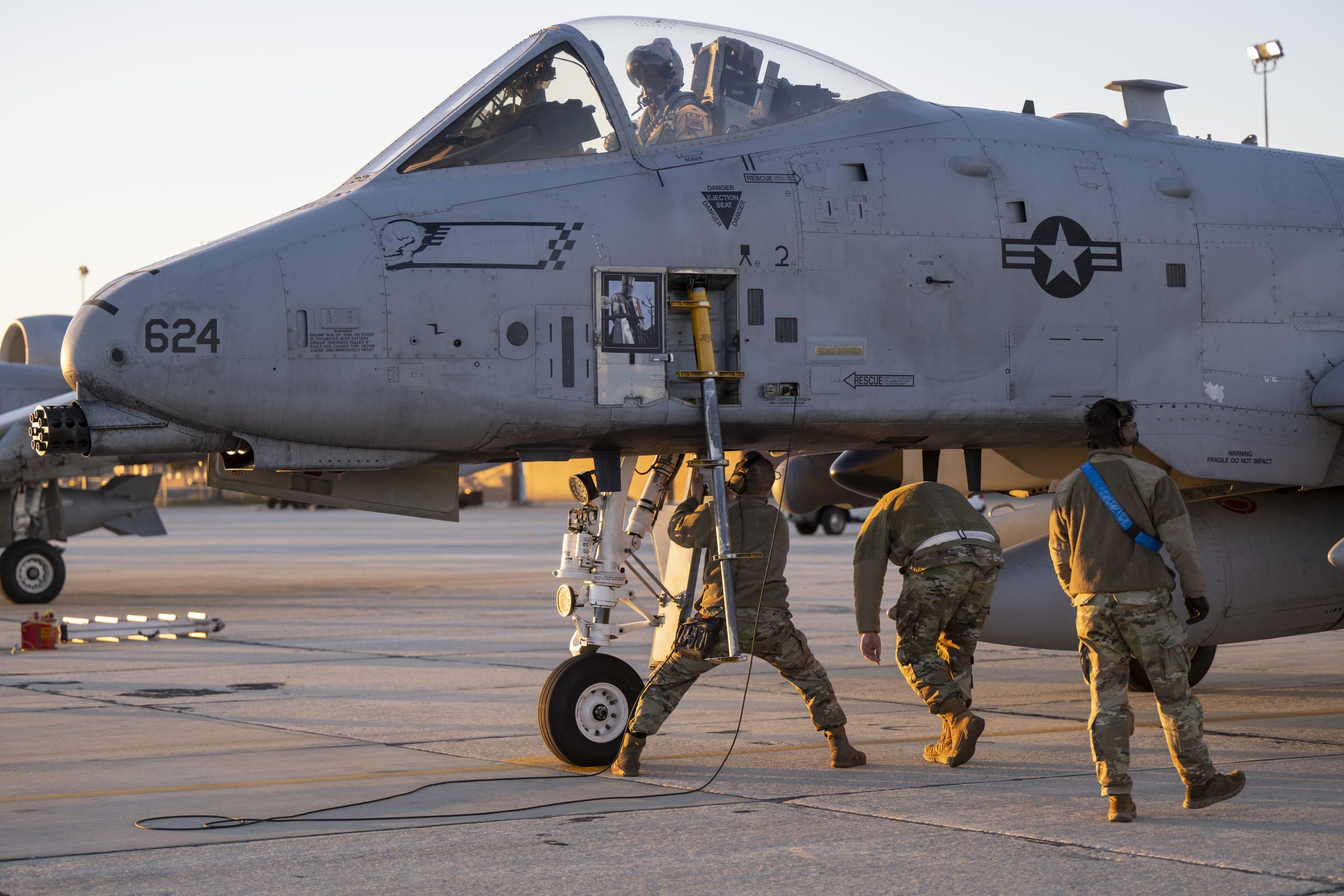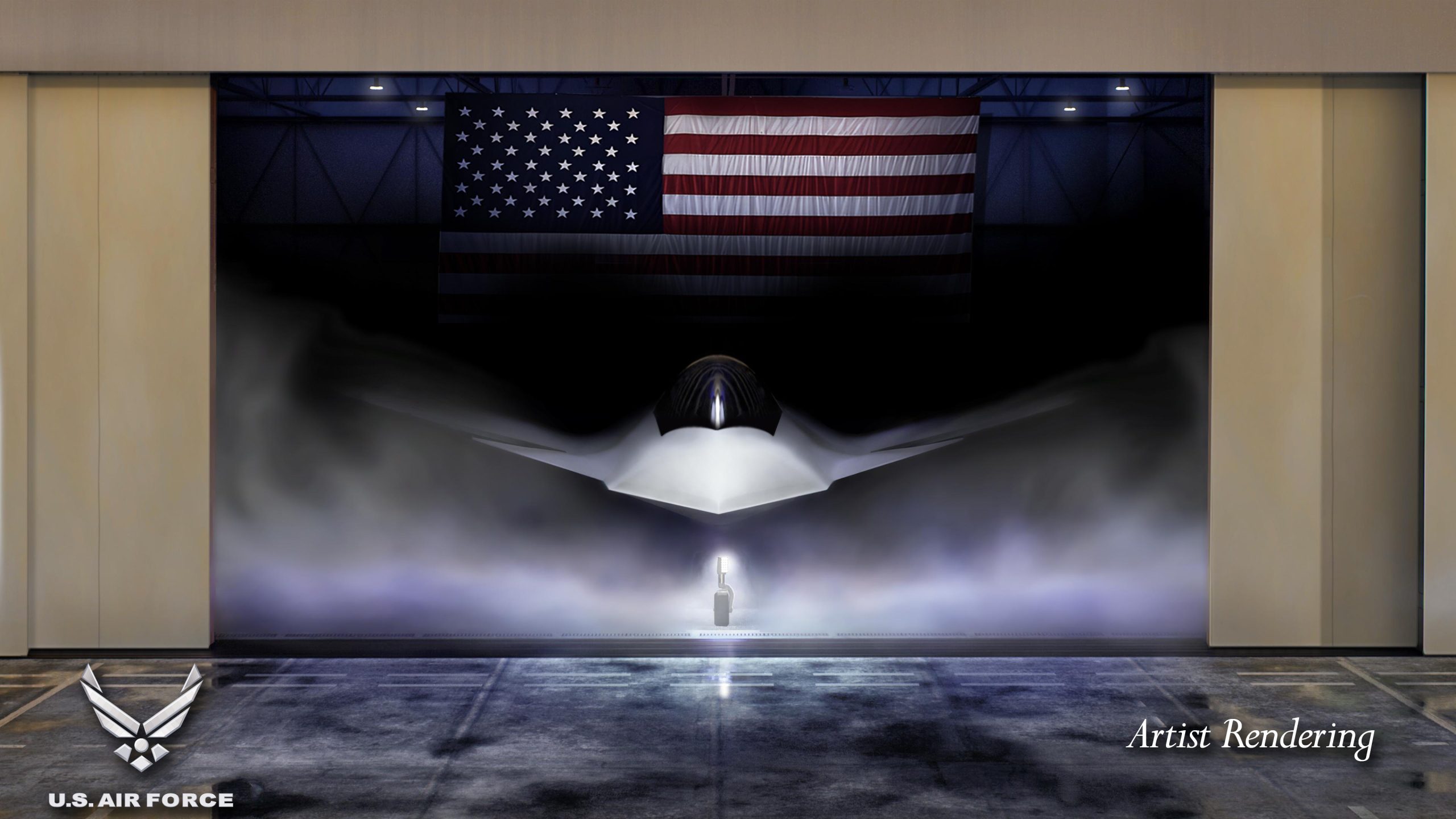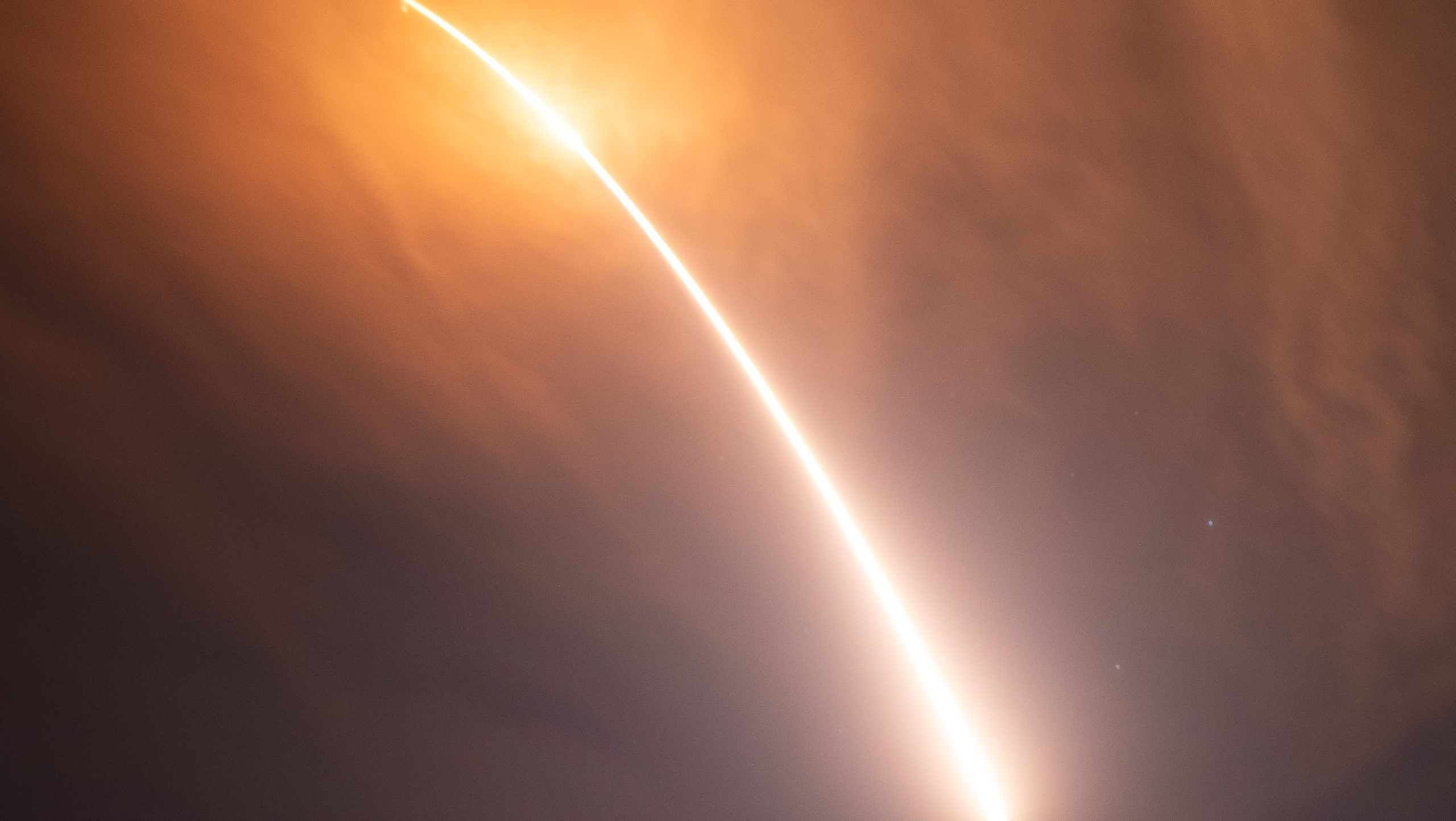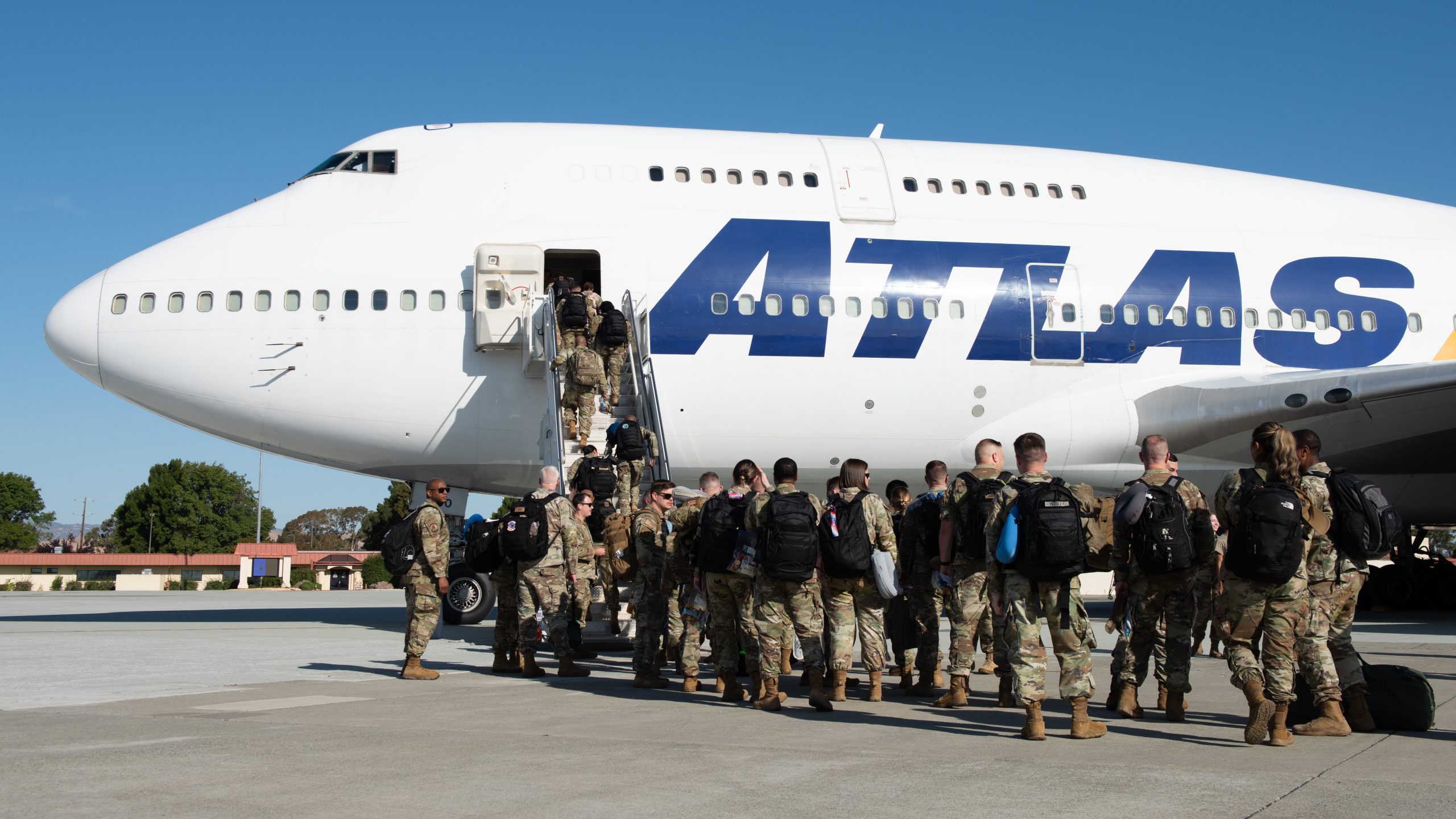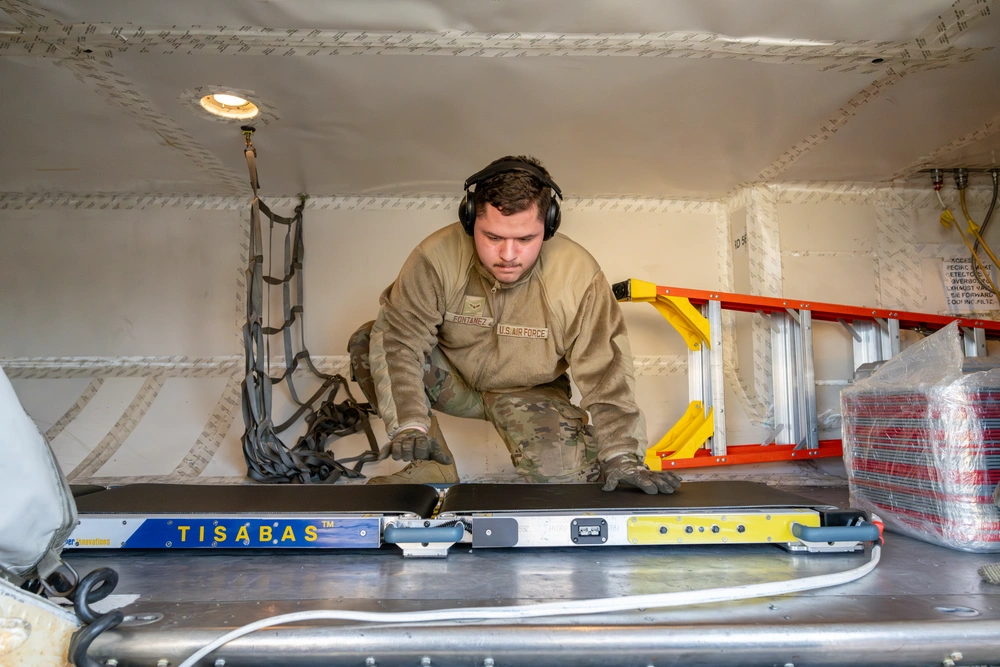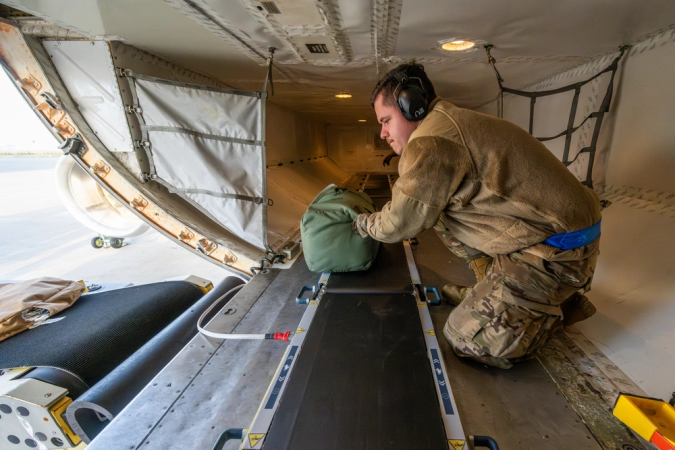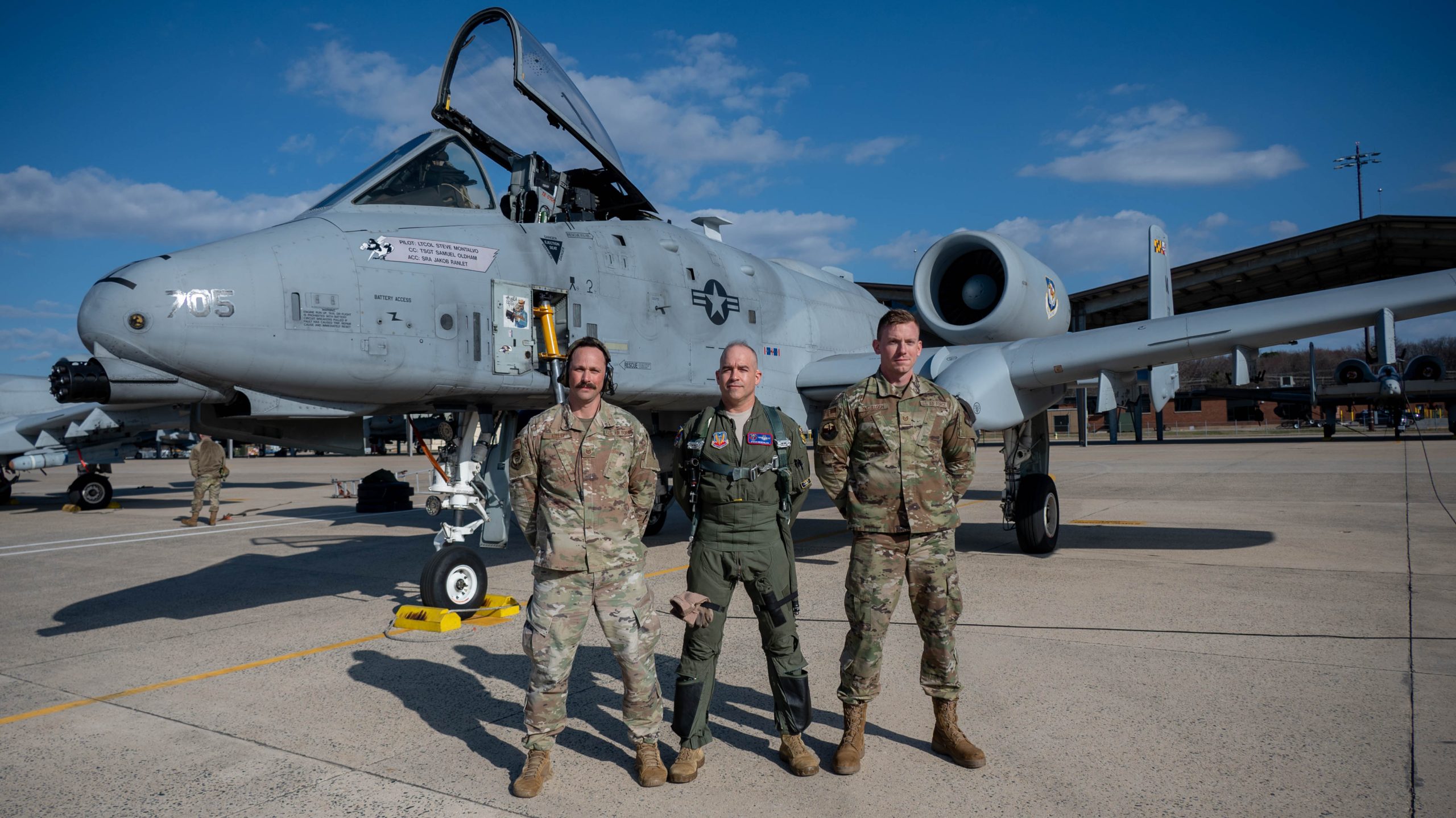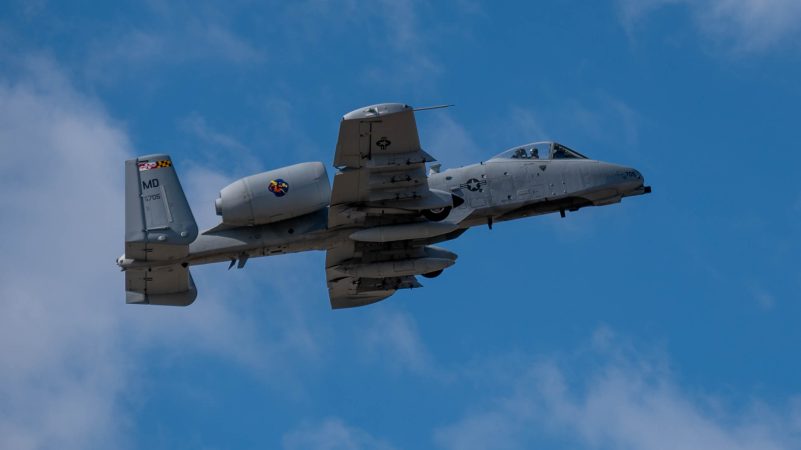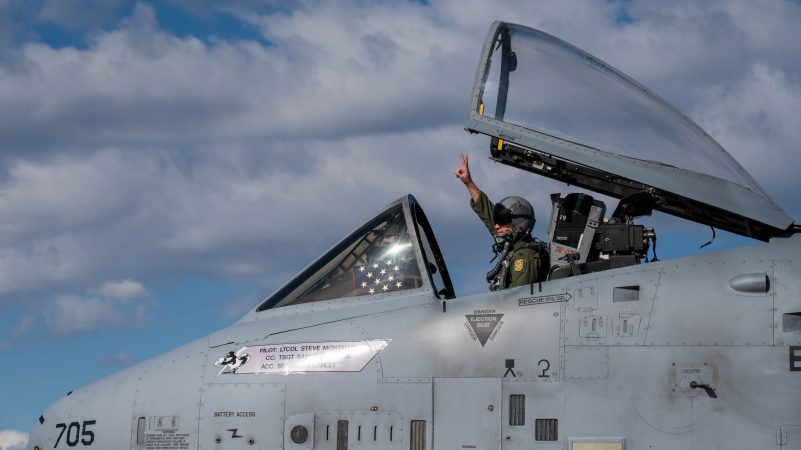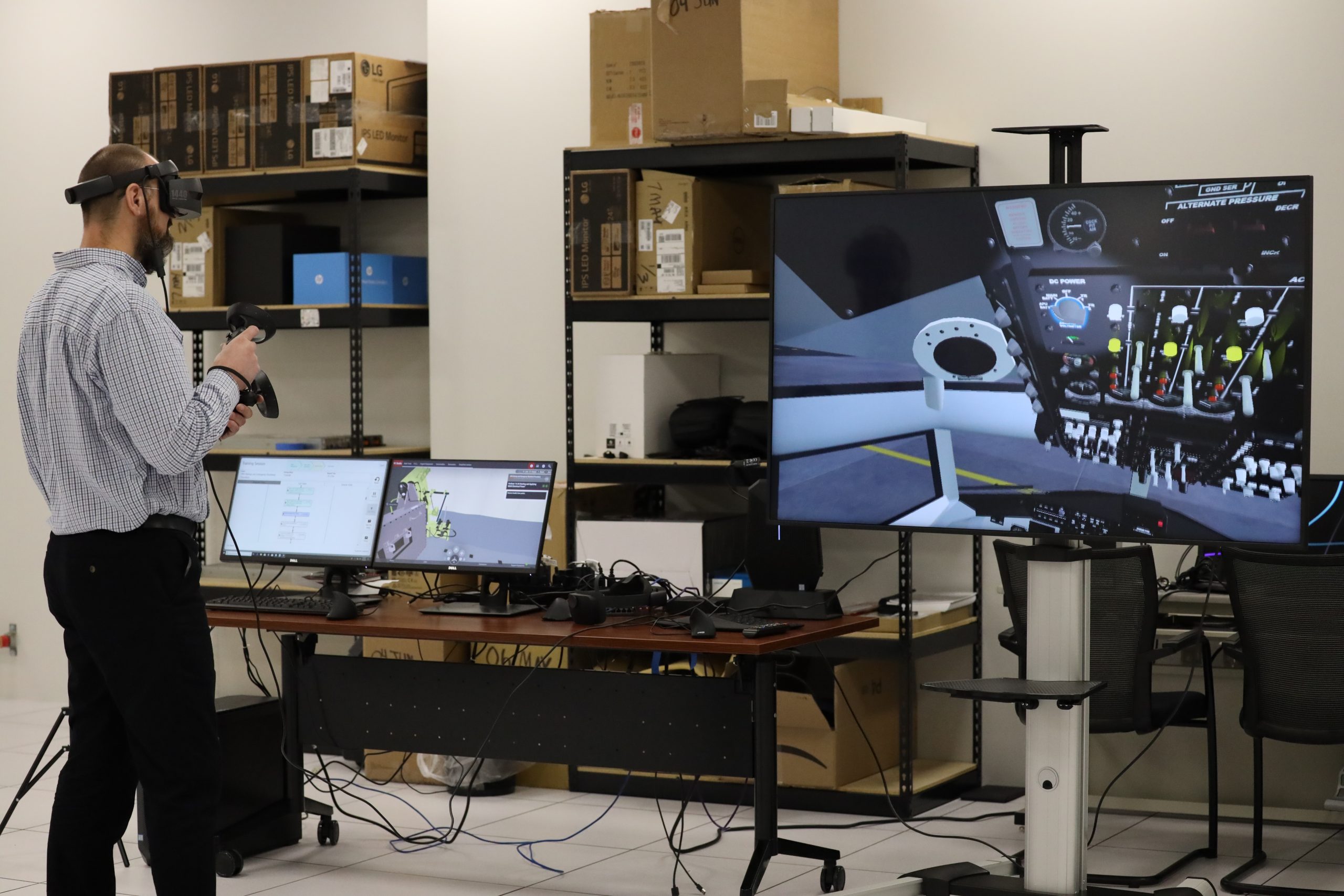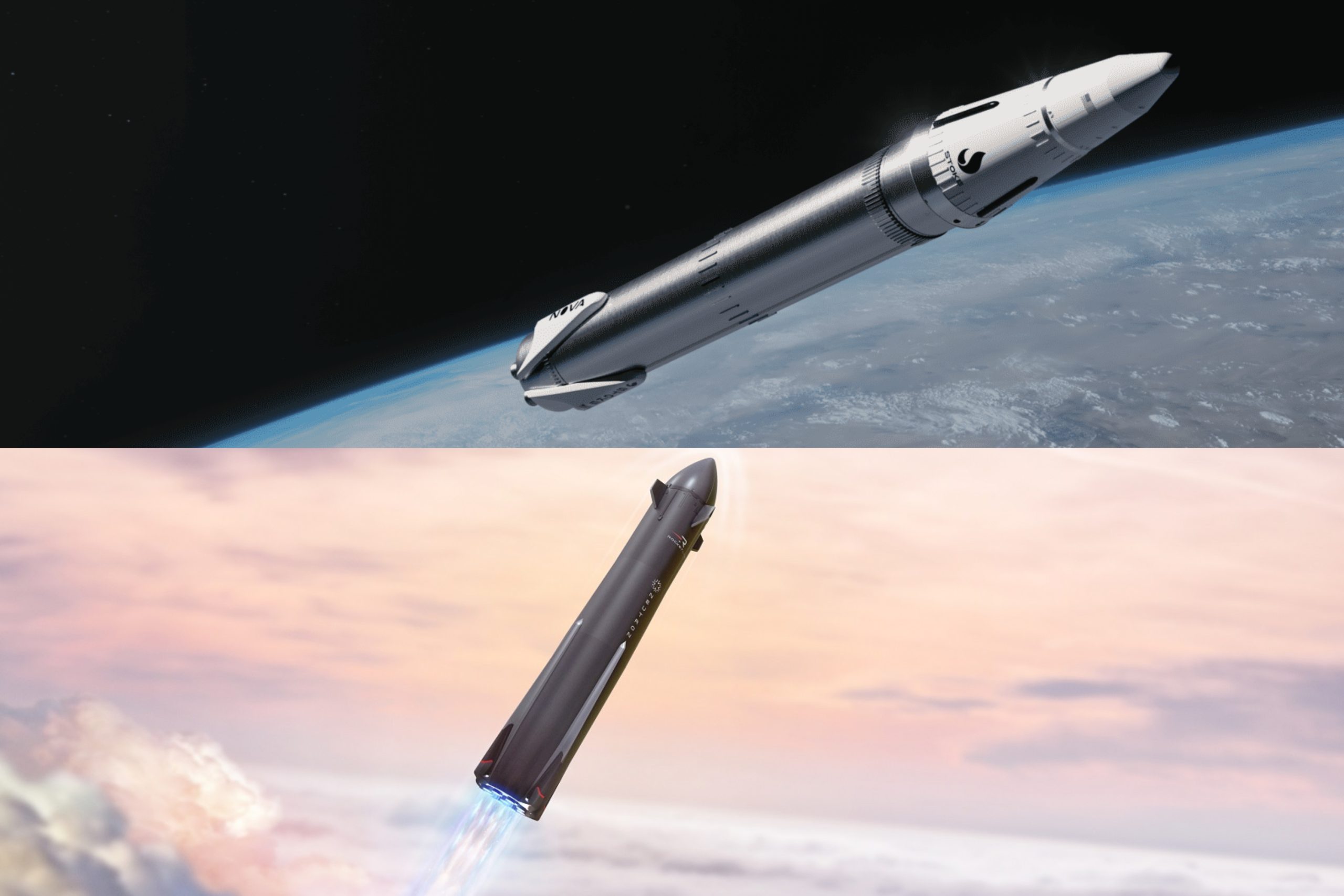Multiple A-10 attack aircraft from the Idaho Air National Guard deployed to the Middle East over the weekend. More than 300 Airmen from the 124th Fighter Wing, along with the attack aircraft, were sent to southwest Asia within U.S. Central Command’s area of responsibility on March 29.
The move comes just two days after the Air Force confirmed the arrival of “a number of” B-2 stealth bombers on the island of Diego Garcia, which is within striking distance of Yemen, where the U.S. has launched a renewed campaign against the Houthis.
“The 124th has a legacy of service to our state and nation, and this mission further cements our commitment to protecting the United States of America and securing our interests around the globe,” Maj. Gen. Tim Donnellan, adjutant general of Idaho and commander of the Idaho National Guard, said in a release. “Readiness and relevance are our strengths, whether performing our state mission here at home or our federal mission abroad.”
The move follows officials telling Air & Space Forces Magazine earlier this month that additional aircraft are expected to be sent to the Middle East as part of the buildup against the Houthis. The exact role the A-10s will play remains unclear.
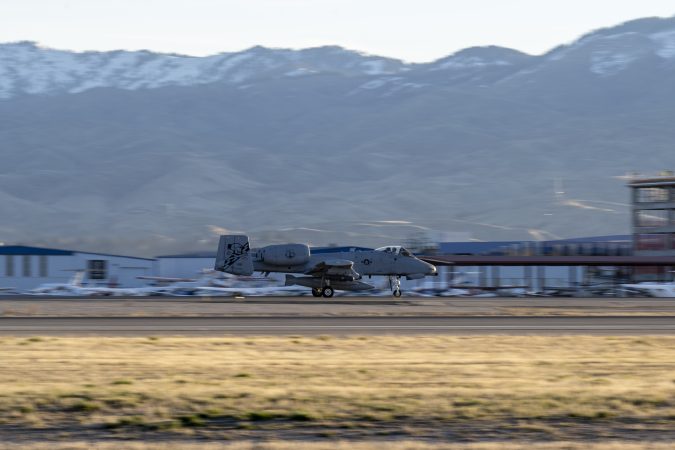
The Air Force added that duration of the deployment is dependent on the “needs of the U.S. Air Force and mission requirements from combatant commands.” While a local CBS affiliate reported the wing is scheduled to be stationed in the area for about six months, the Idaho ANG was not immediately available to confirm this.
On March 27, Air Force Global Strike Command confirmed the arrival of B-2 bombers at Naval Support Facility Diego Garcia in the Indian Ocean. The island is roughly 2,200 miles from Yemen, and the B-2 has an unrefueled range of about 6,000 nautical miles.
The A-10, built for close air support with maneuverability at slow speeds and low altitudes, has been crucial in major conflicts since the Gulf War in 1991. Its iconic GAU-8/A Avenger 30mm cannon can destroy heavy armor, including tanks, and it is equipped with advanced counter-measures for surface-to-air threats.
The aircraft have been repeatedly sent to bolster airpower in the Middle East since Hamas’ attack on Israel in October 2022 and the ensuing unrest in the region. A-10s deployed in March 2023, then again in October 2024 alongside an F-16 Fighting Falcon squadron and an F-15E Strike Eagle squadron. On Nov. 29, an A-10 struck militants preparing to launch rockets at an American position. Just last month, the Air Force posted photos of the aircraft conducting presence patrols to defend an undisclosed location in the Middle East.
Since the Idaho ANG received its first Warthogs in 1996, the Wing has frequently deployed to support combat operations across the Middle East, including its largest deployments include those in 2020 for Operation Freedom’s Sentinel and in 2016 for Operation Inherent Resolve. After three decades, the A-10 fleet will begin its retirement in the fall of next year. The 124th Fighter Wing is set to transition to F-16 fighters starting in spring 2027, pending the completion of an environmental analysis in the coming months.
